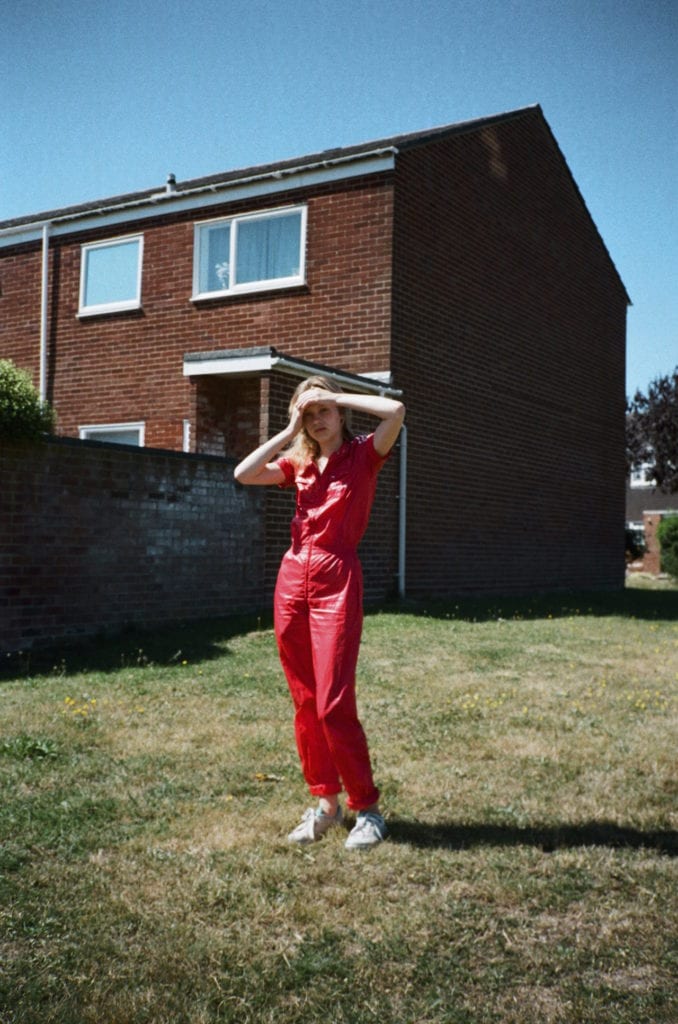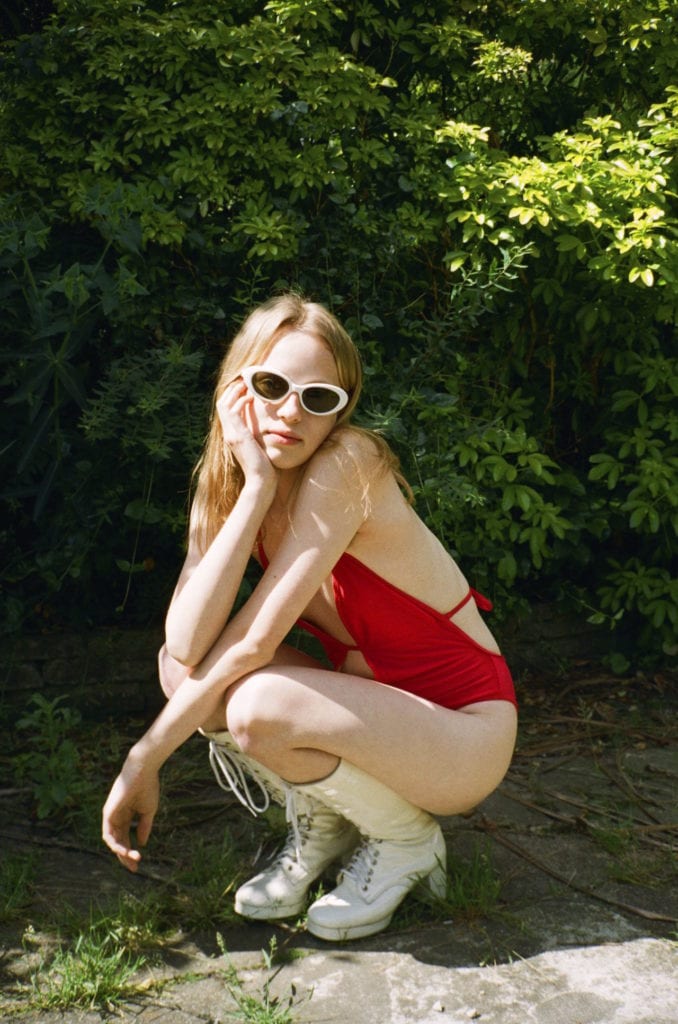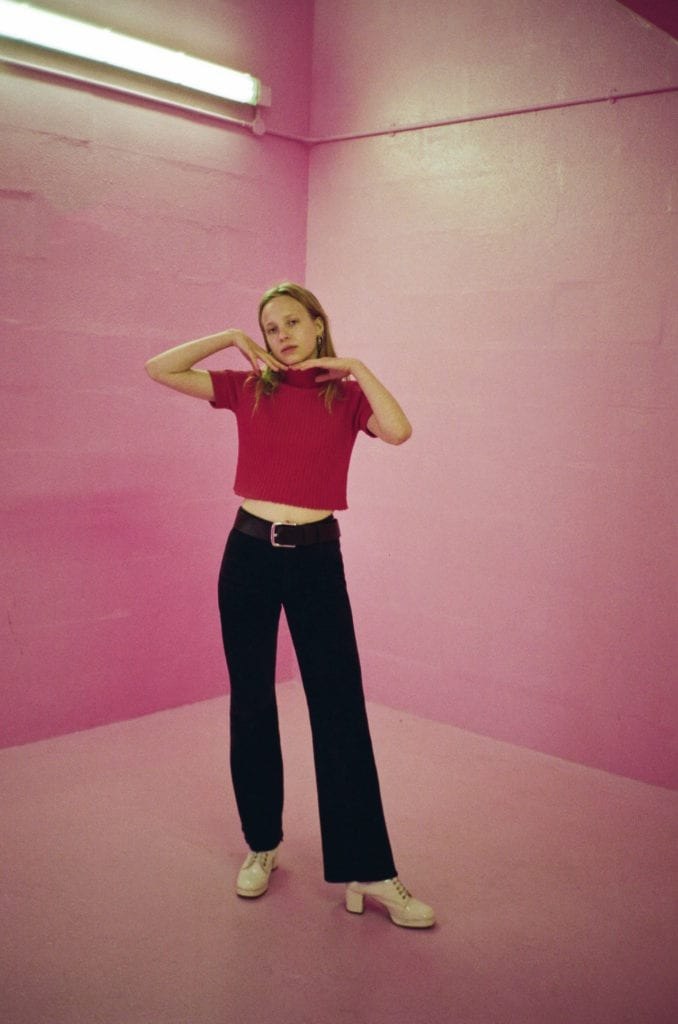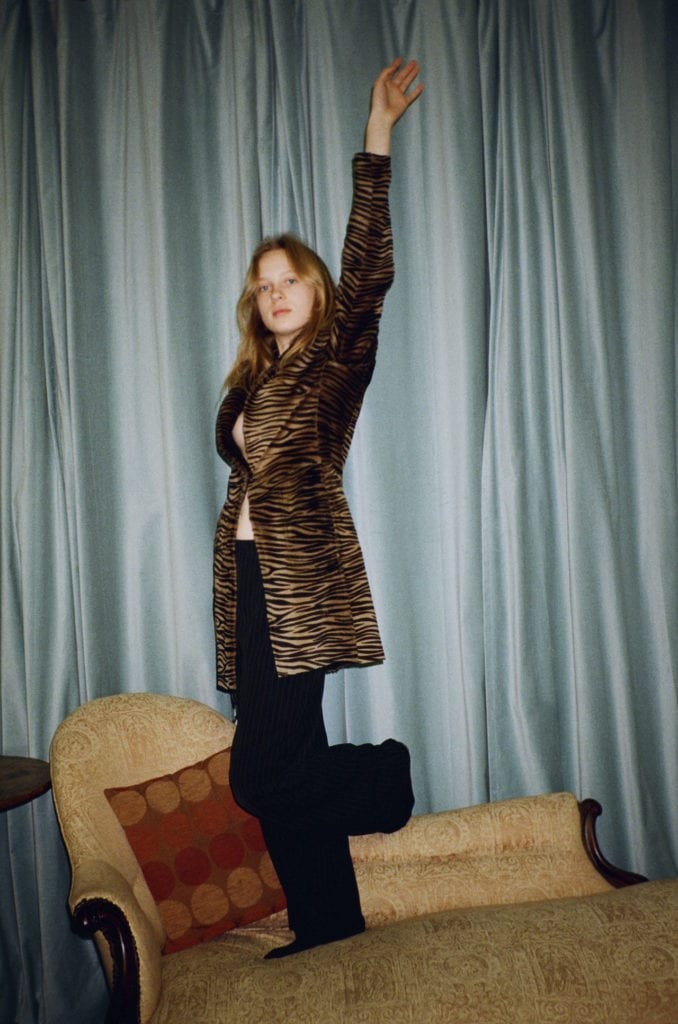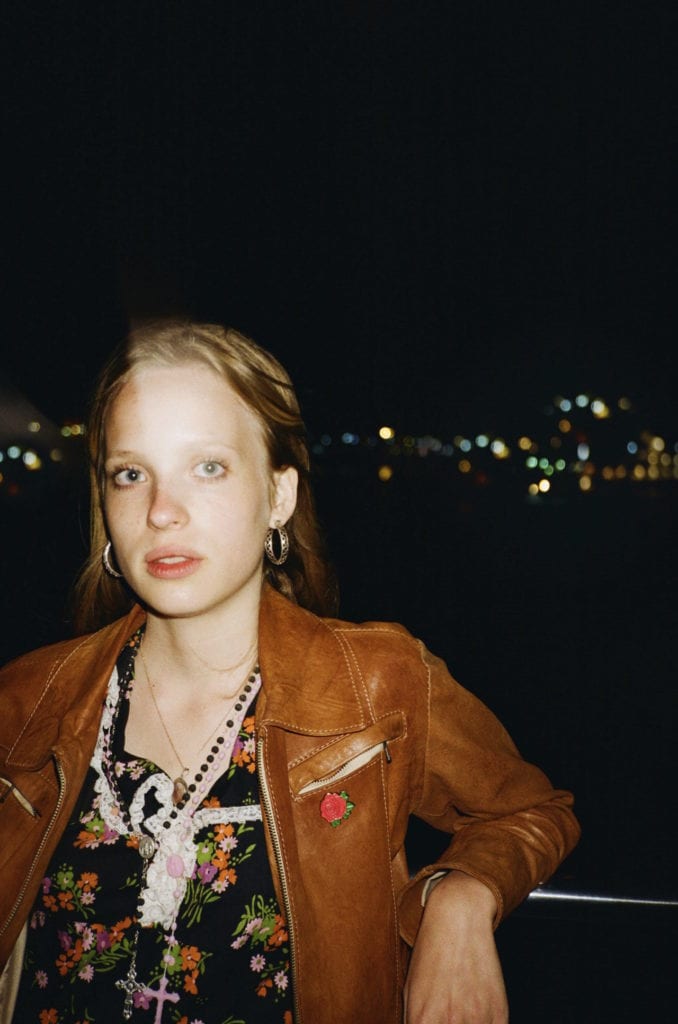“I casted Fern for a campaign I was shooting, and we clicked right away,” says Rosaline Shahnavaz. “She showed up wearing thigh-high white PVC boots with about 600 button holes (God speed to the stylist) and she’d texted me the night before to see if she’d need to shave her armpits, because she’d been growing her hair for four months and really didn’t want to. We had a special dynamic straight away and I couldn’t stop casting her after that.”
So began a working relationship that turned into a personal project and a friendship, with both women regularly meeting up to hang out and take pictures. For Shahnavaz, the two are usually indistinguishable. “I’ve gathered that I have a knack for making people feel relaxed, even in my day to day,” she says. “I wasn’t really aware of it until I started shooting.
“I often have people asking me how I want them to pose or what they should do and I rarely give direction, if any. The camera feels secondary. I would rather share an experience with them and snap something every now and then. It would be my idea of hell to have someone sitting in a rigid pose for an hour whilst I find the right angle or fuss over lighting. I would rather photograph them mid-sentence, or even asleep than do that.”
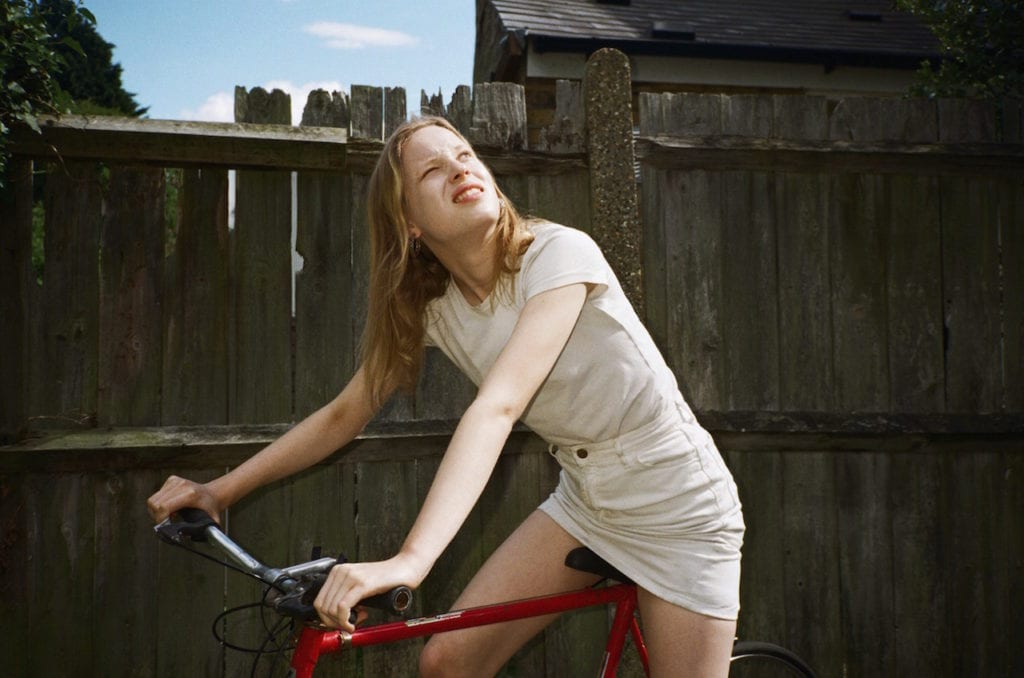
“Although the projects focus on particular individuals, I see these projects as explorations of the female identity, and even myself,” says Shahnavaz. “The process is organic, a lot of my photographs aren’t even shot with any intention or a project in mind. I like for my camera to feel secondary, it’s more about sharing an experience and documenting it every now and then. I don’t think I come across particularly invasive, which is maybe why there’s something quite intimate or personal to my photographs.”
It’s an approach she found early on while studying at the London College of Communications, where she shot her final project on her cousin Sahar, back home in her parents’ native Iran. She shot Sahar at home, in the clothes she wears on a daily basis, rather than in the hijab she wears in public, aiming “to capture her for who she is”.
“The portraits were presented with photographs of the Iranian landscape, and a lot of people asked if they had been shot in Britain, ‘Where’s the sand, where’s the desert?’,” says Shahnavaz. “I was ecstatic to have represented a side to Iran which is not commonly depicted.
“Sahar’s personal circumstances in her family had made the trivial difficult – her father wouldn’t let her out, and she had to see her boyfriend at the time in secret. The mountains were a metaphor for her social barriers and the open landscape represented the freedom she yearned for, in a society where the father of the family, or the husband has final say.”
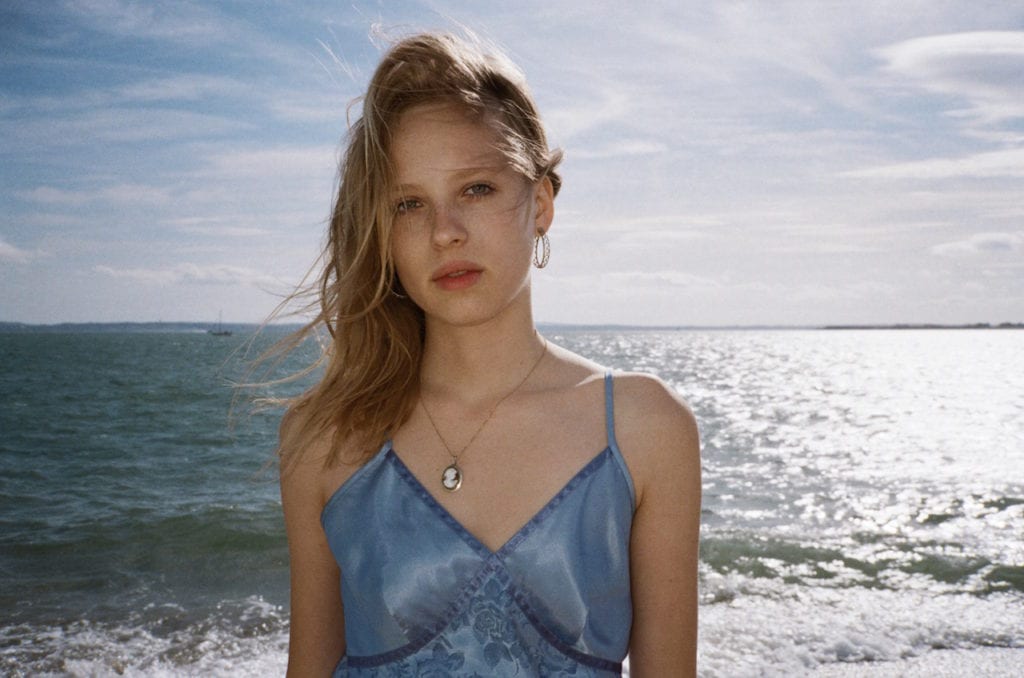
“One of my favourite quotes is by John Berger – ‘Men look at women. Women watch themselves being looked at’,” she says. “It’s still so relevant, but to an extent…it’s changing.”
Shahnavaz was inspired early on by Corinne Day’s work, and says she still responds to the older woman’s images, especially their sense of candour. For her, the beauty is in Day’s process – the way that she interacts with her subjects, which gives even the starkest of shots a tenderness, and it’s something she hopes to create in her work too.
“For me, it’s very much about the relationships I build with my subjects and my way of communicating it,” she says, adding that she prefers to shoot on film because it helps build that trust (rather than showing every image she shoots on-screen as she goes along). And she says that this relationship applies whatever the project she’s working on – whether it’s personal, editorial or commercial.
“I try to have the same approach…I don’t see why they have to be separated,” she says. “Obviously there are different freedoms and constraints but on the whole I want to blur the boundaries.”
Fern is launched on 20 July at TCO London, 71A Leonard Street, London EC2A 4QS, and on 26 July at The Flower Shop, 107 Eldridge Street, NYC. www.rosalineshahnavaz.com
